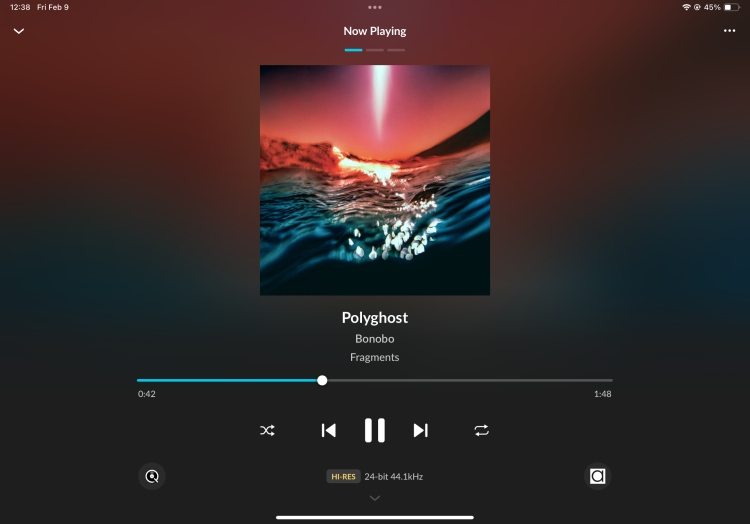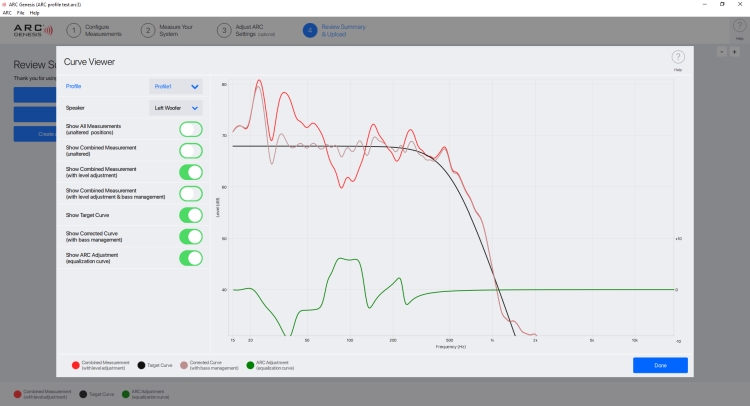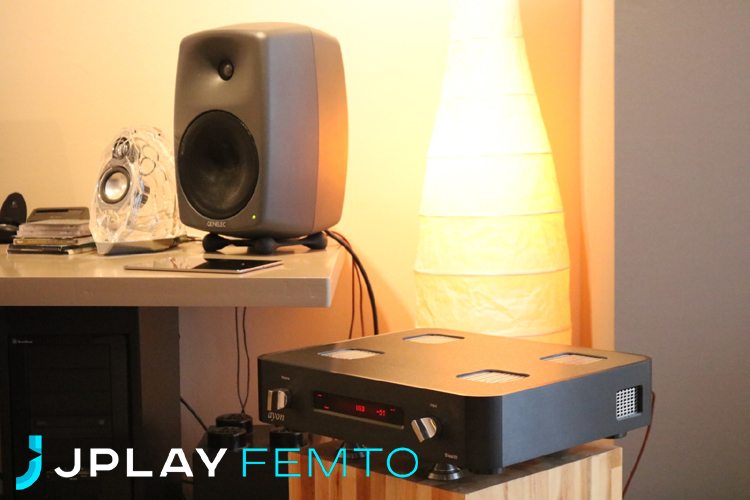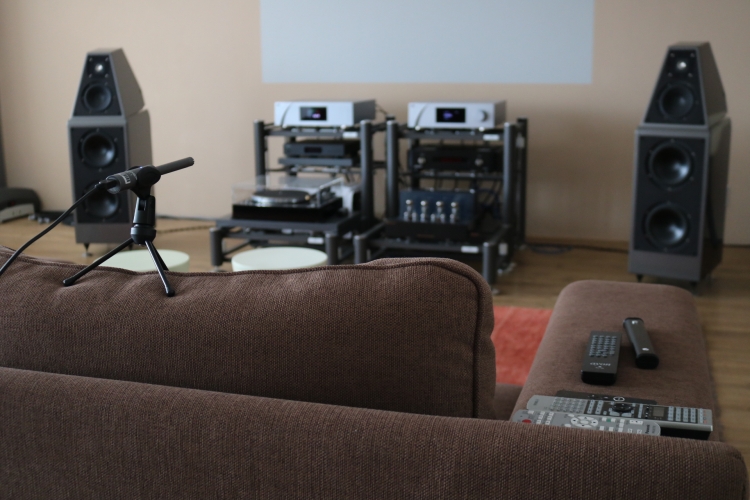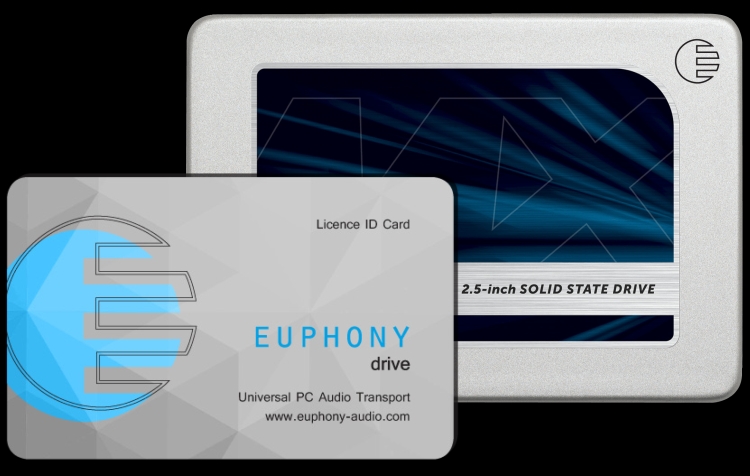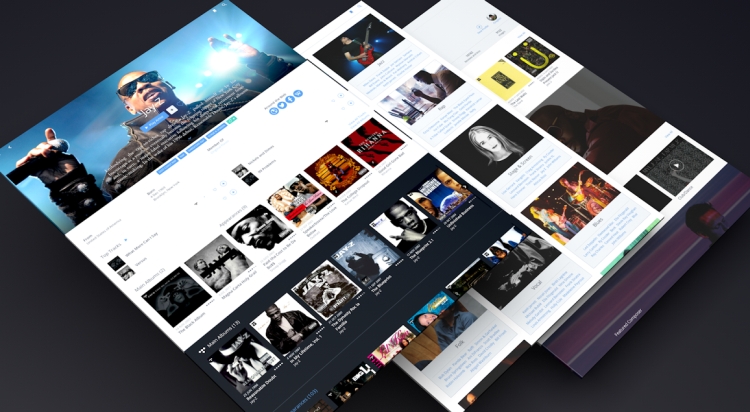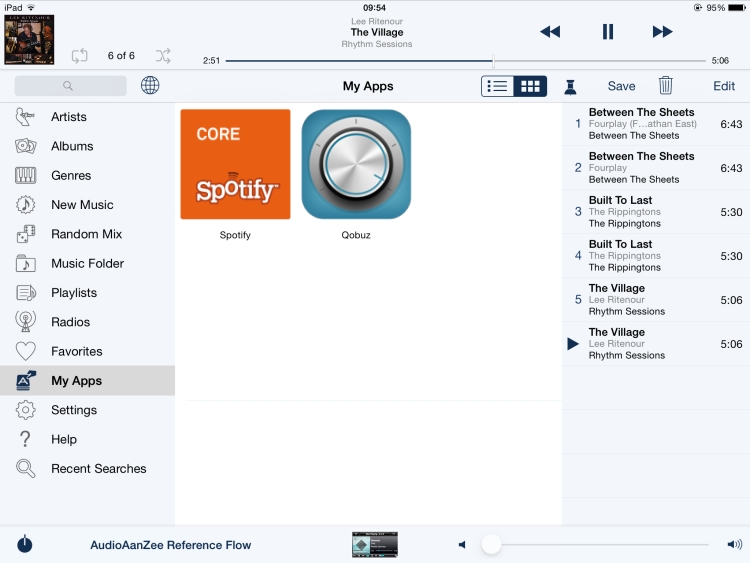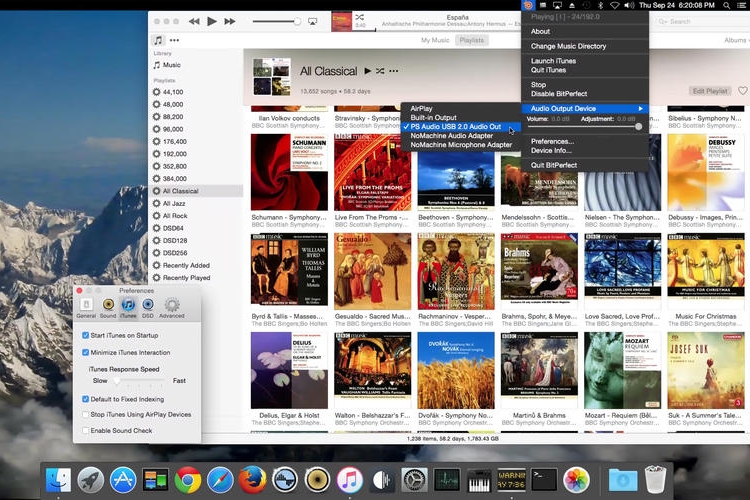
BitPerfect is a very affordable Mac app that works with iTunes to enable better sound
It does this while maintaining the ease of use that iTunes offers. It made for an interesting comparison to PureMusic.
Retail price when purchased in 2012 approximately 7,99 euro
Please note that this review is for version 1. Meanwhile, there is a v3, shown in the main image screenshot above. Below screenshot, as well as the rest, are of the V1 software.
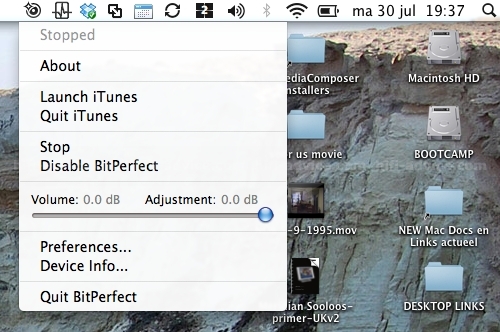
Introduction
My main concern is always sound quality. What are the audible differences? Being more familiar with Windows computers, I won’t pretend to know exacty what BitPerfect does behind the scenes, nor will I bore you with a complete rundown of all its functionality. You can read all about that elsewhere on the web. However, I need to say a thing or two about my earlier experiences with similar programs. I don’t know the fine details but just like Windows computers have lots of resampling and mixing going on with their kmixer, something similar happens with Macs. In the case of Windows there are various routes of shortening and/or purifying the “signal path”, Kernel Streaming being the most commonly known method. For Mac I have used two programs that apply a series of methods to achieve the same thing: Amarra and Pure Music. Amarra is the most expensive at 178 euro for the full version while Pure Music at 113 euro is less expensive, although still far from cheap. That compares nicely to BitPerfect’s 7,99 euro, doesn’t it?
You can’t really compare these programs one on one because both PureMusic and Amarra offer much more functionality than BitPerfectmost important of which is FLAC playback, and, judging from the early BitPerfect reviews on the web, they could be more stable than BitPerfect. But having said that, thus far, newcomer BitPerfect not once crashed while I used it. I will however, compare BitPerfect directly with Pure Music on their sound merits alone.
As can be seen in the above picture, BitPerfect has a minimal interface. All the regular control is from iTunes, but there is a preference pane that offers 4 screens with various settings, as can be seen on the pictures below.
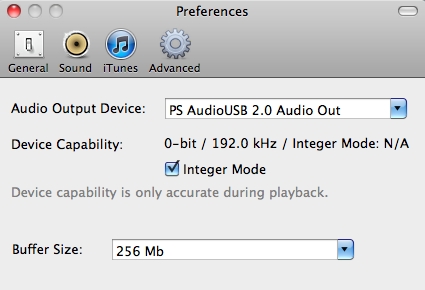
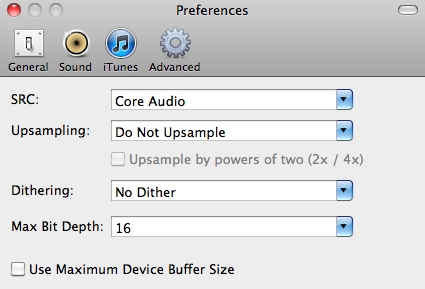
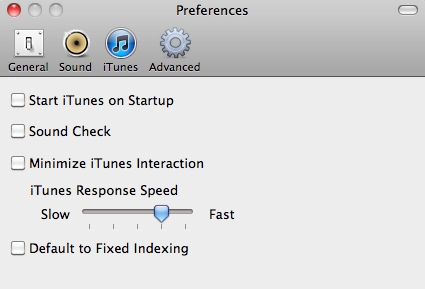
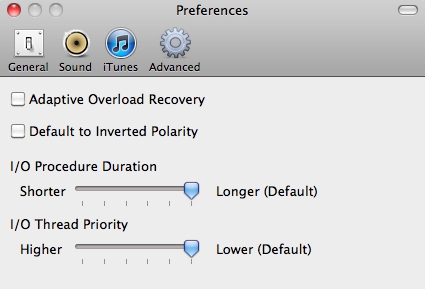
Sound
I promised above to talk about sound foremost, so let’s skip to that right now!
Switching from basic iTunes to BitPerfect
Using the basic settings, only having selected the PS Audio PWD MKII’s USB input as output in the BitPerfect’s settings, I listened carefully to iTunes with, and without BitPerfect. The USB cable used was the excellent KingRex uArt-USB-S. It doesn’t take long to hear the differences: standard iTunes sounds a bit boring and gray compared to BitPerfect, the latter having a much wider and deeper soundstage. The music sounds more emotional, more enveloping and more interesting with BitPerfect enabled. What surprised me though was that I wasn’t hearing the tightening up in the bass that I hear so clearly with Amarra and PureMusic. Then again, BitPerfect sounds smoother and friendlier than the other two programs, if I recall correcty.
Switching from BitPerfect to Pure Music
Still using the basic settings, I switched between BitPerfect and Pure Music version 1.65a. Sure enough: Pure Music was tighter, faster, more articulate. But it was also drier. Somehow, I found BitPerfect to sound more engaging with its more widely spread soundstage. But with more rhythm-driven music, I found BitPerfect a bit too much on the soft side and even though standard iTunes sounded more gray and colourful, it did have slightly more attack and this made the drum whacks carry more power. By contrast, PureMusic provided much more refinement, focus and transparency than either standard iTunes or BitPerfect with standard settings while keeping PRAT intact. At this stage I would have a difficult time to choose because even though PureMusic was more transparent and precise, it also laid bare the somewhat sterile Macbook sound that BitPerfect compensated for so nicely.
Fiddling with BitPerfect settings
Then it was time to start fiddling with BitPerfect’s settings. I learned that the changes won’t register until you either quit iTunes or BitPerfect. First up for experiments was upsampling. This worked fine and did the usual trick of providing more clarity and air at the expense of bass solidity and attack. Still, this may be a worthwhile feature for many systems sounding less open than mine. I prefered native. Then there was the mysterious (for me at least) Integer Mode setting. This one is on by default but switching it off (and restarting the app) made for a marked loss in soundstage width, depth and intimacy. In a word, iTunes sounded more like standard iTunes. Ok, no gain to be had here. That’s easy. Moving on to the max bit depth setting, I wondered what exactly “automatic/optimal” meant. I guessed that it would automatically choose the native bit depth, but switching between the automatic/optimal and 16 bit setting did make a difference. Switching to 16 bit (and restarting the app, remember) made for a less charming sound but tighter bass, and, alas, also a less expansive soundstage. In fact, this made me think of how PureMusic sounded! A quick comparison between BitPerfect in 16bit (playing a 16 bit file of course) and Pure Music, revealed that indeed the two apps had now moved closer together. But I wouldn’t say that the 16bit setting is the best setting for BitPerfect per se. With some music I now preferred BitPerfect in 16 bit for its more organic character and with other music I leaning more towards Pure Music for its still more articulate character.
During the course of this review, an update for Pure Music was available (version 1.86), and I couldn’t very well ignore it. After the update I have to say the Pure Music seemed to be a little more emotional. It is still more transparent and more articulate and upbeat, but seems less dry than with version 1.65a and its soundstage now seems to be more comparable to that of BitPerfect in 16 bit mode. By contrast, BitPerfect, especially in “automatic/optimal” mode, is more romantic and palatable but also a little veiled. After longer listening I think that I now prefer Pure Music most of the time. I guess in the end accuracy wins… as long as it can carry emotion, that is!
Conclusion
BitPerfect offers incredible value for money. It does exactly what it says on the tin: to improve iTunes’ sound with minimal user interaction. It also offers automatic samplerate setting if you choose to let it. If you have a Mac and still use iTunes in its native form, it is simply a shame not to give BitPerfect a go. Oh, and don’t believe the negative reviews: I have had zero issues with it.
